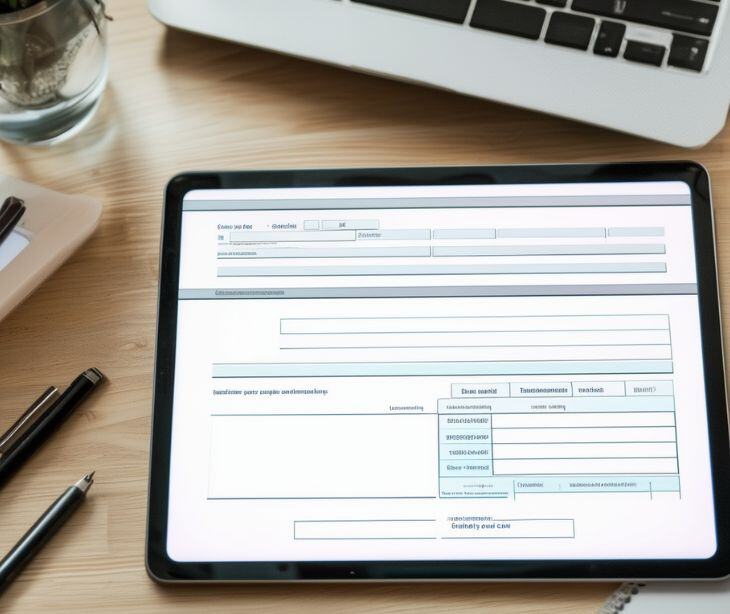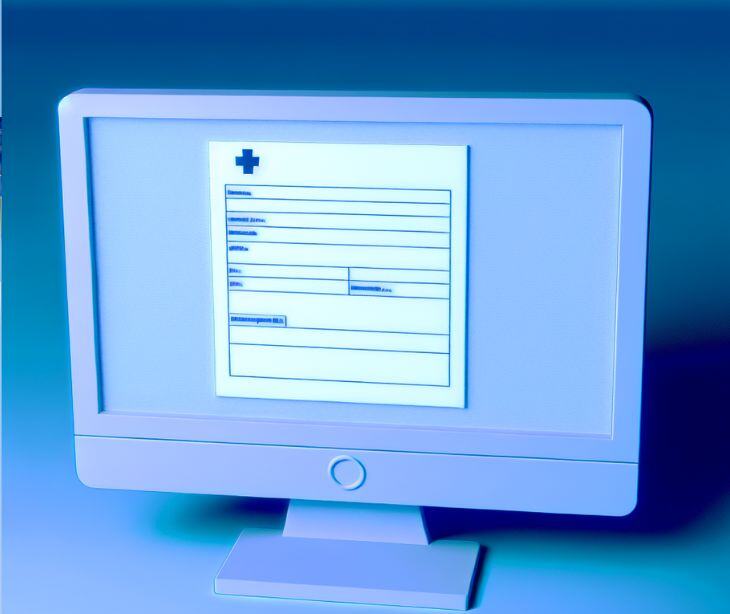
Implementing HIPAA compliant forms ensures the confidentiality and security of sensitive patient data, helping organizations safeguard patients' privacy rights. Following this checklist, HIPAA-covered entities and their business associates can take the necessary steps to secure patient information and maintain HIPAA compliance.
However, a checklist is only part of a broader, ongoing strategy that requires thorough planning, diligent implementation, and continuous improvement.
Purpose of HIPAA forms
Healthcare organizations use HIPAA forms to collect, store, and manage patient information in compliance with the Health Insurance Portability and Accountability Act (HIPAA). These forms serve various purposes, including patient intake, medical history updates, consent for treatment, billing authorizations, and record release requests. They ensure that patients are informed about how their protected health information (PHI) will be used and shared, particularly in cases where sensitive data may be disclosed to third parties, such as insurance companies or other healthcare providers. By using HIPAA compliant forms, organizations uphold patients’ privacy rights while maintaining secure, efficient, and transparent communication across healthcare settings.
HIPAA compliant forms checklist
Secure data collection
- Limit data collection to only what is necessary for the purpose of the form. This helps to protect patient privacy by minimizing the exposure of sensitive information.
Go deeper: How to determine the minimum necessary information
Data encryption
- Use encrypted connections (HTTPS) for any online forms collecting PHI.
- Ensure that both in-transit and at-rest data are encrypted to protect against unauthorized access.
Patient consent and authorization
- Make sure patients know how their data will be used and any third parties with whom it may be shared.
Access control
- Limit access to PHI collected through forms to authorized personnel only to minimize the risk of unauthorized individuals viewing, modifying, or sharing sensitive health information.
- Implement strong password policies and consider multi-factor authentication for those accessing the data.
Audit logs
- Organizations that collect PHI must maintain audit logs to track access to and changes in the data collected using HIPAA compliant forms.
- Regularly review logs for any unauthorized access or unusual activity.
Data retention and disposal
- HIPAA’s Security Rule requires HIPAA-covered entities and their business associates to have data retention policies with a recommended retention time of at least 6 years. These organizations must, therefore, establish policies for the retention and secure disposal of form data containing PHI.
- Dispose of unnecessary data and follow HIPAA’s retention and destruction requirements for PHI.
Related:
Incident response plan
- According to the National Center for Educational Statistics, “encrypting information protects files from breaches in confidentiality, but the risks of unauthorized or accidental modification (including destruction) and/or denial of use are still real.” This suggests additional safeguards beyond encryption to fully secure sensitive information. Developing an incident response plan to manage potential data breaches or security incidents involving forms is thus important.
- Regularly test and update the plan to ensure readiness.
Paubox Forms
Paubox Forms is a secure, HIPAA compliant solution designed for healthcare organizations to collect sensitive patient information easily and safely. Unlike traditional paper or unsecured digital forms, Paubox Forms offers seamless encryption, ensuring that all data collected remains confidential and protected, both during transmission and storage. It’s particularly beneficial for patient intake, appointment scheduling, consent forms, and other essential healthcare workflows where sensitive data needs to be collected and managed in a compliant manner. With an intuitive interface, Paubox Forms simplifies the patient experience by eliminating the need for extra logins or portals, allowing patients to fill out and submit forms seamlessly from any device. This secure and efficient approach to data collection helps healthcare providers maintain HIPAA compliance while enhancing operational efficiency and patient satisfaction.
Go deeper: Collect patient data securely with Paubox Forms
FAQs
Why is it important to use HIPAA compliant forms?
Using HIPAA compliant forms protects patient privacy and maintains compliance with federal regulations. Non-compliance can result in severe penalties, including hefty fines and reputational damage. Additionally, compliant forms help build trust with patients by ensuring that their sensitive health information is safeguarded.
What types of forms require HIPAA compliance?
Any form that collects or handles PHI requires HIPAA compliance. This includes patient registration forms, consent forms, medical history questionnaires, billing authorization forms, and release of information requests, among others.
How can we securely store HIPAA compliant forms?
HIPAA compliant forms can be securely stored using electronic health record (EHR) systems with robust security measures, such as encryption, access controls, and regular audits. For paper forms, secure storage solutions such as locked filing cabinets or safes should be used, and access should be limited to authorized personnel only.
Subscribe to Paubox Weekly
Every Friday we'll bring you the most important news from Paubox. Our aim is to make you smarter, faster.



